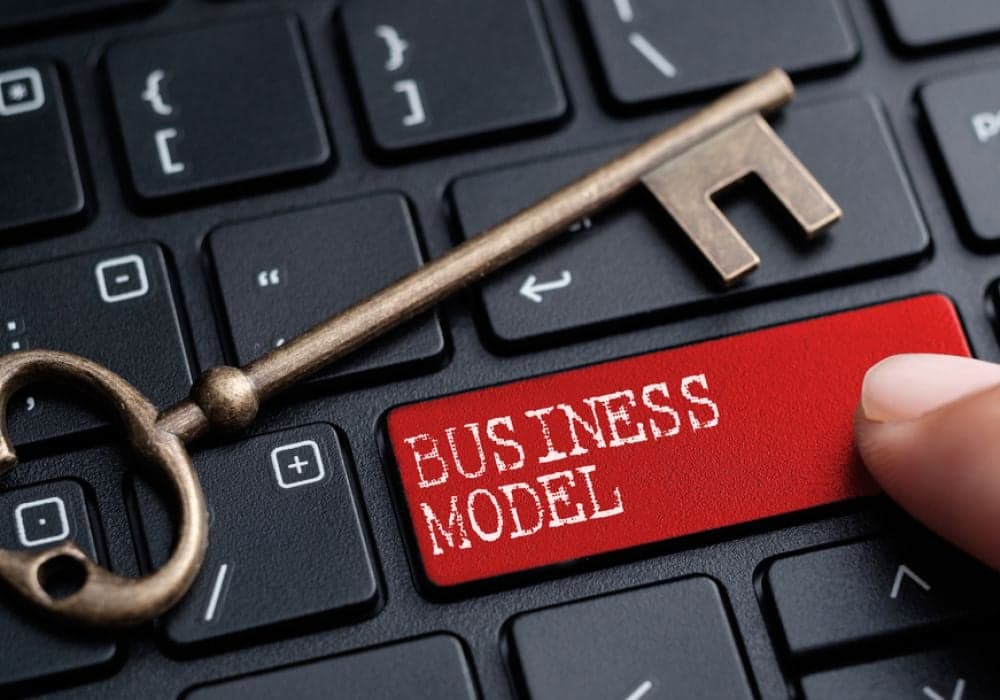For many entrepreneurs “raising money” has replaced “building a sustainable business” as their goal. That’s a big mistake. When you take money from investors their business model becomes yours.
Not all that glitters is gold
William Shakespeare
One of my ex students came out to the ranch to give me an update on his startup. When I asked, “What are you working on?” the first words out of his mouth was his fund raising progress. Sigh… What I should have been hearing is the search for the business model, specifically the progress on product/market fit, but I hear the fund raising story first at least 90% of the time. It never makes me happy.
Entrepreneurs need to think about when to raise money, why to raise money, who to take money from, and the consequences of raising money.
It all starts with understanding what a startup is.
Which Business Model Makes A Startup
Just as a reminder, a startup is a temporary organisation designed to search for a repeatable and scalable business model. It’s worth parsing this sentence:
- Temporary Organisation: The goal of a startup is not to remain a startup. The goal is to scale. (If you don’t have scale as a goal then you shouldn’t be raising money from angel or venture investors, you should be getting a commercial or government small business loan.)
- Search: Although you believe your idea is the most brilliant innovation ever thought of, the odds are that you are wrong. If you raise millions of dollars on day one, simply executing the idea means you’re going to waste all those dollars attempting to scale a bad idea.
- Repeatable: Startups may get orders that come from board members’ customer relationships or heroic, single-shot efforts of the CEO. These are great, but they are not repeatable by a sales organisation. What you are searching for is not the one-off revenue hits but rather a repeatable pattern that can be replicated by a sales organisation selling off a pricelist or by customers coming to your website.
- Scalable: The goal is not to get one customer but many – and to get those customers so each additional customer adds incremental revenue and profit. The test is: If you add one more sales person or spend more marketing dollars, does your sales revenue go up by more than your expenses?
- Business model: A business model answers the basic questions about your entire business: Who are the customers? What problems do they want solved? Does our product or service solve a customer problem (product-market fit)? How do we attract, keep and grow customers? What are revenue strategy and pricing tactics? Who are the partners? What are the resources and activities needed to make this business happen? And what are its costs?
Who To Take Money From?
First, decide what type of startup you are. If you’re a lifestyle entrepreneur or a small business, odds are the return you can provide is not what traditional angel or venture investors are looking for. These types of startups are better suited to raising money from friends, family, commercial and government small business loans, etc.
If you’re a scalable startup, you want to spend small amounts of money (seed capital) as you run experiments testing your hypotheses. Why small amounts? No startup ever spends less then it raises. And at this early stage you’ll be giving up a larger percentage of your firm to investors. A seed round can come from friends, family, Kickstarter, angels – and most importantly, early customers.
These sources are a lot more forgiving of iterations and pivots than later-stage venture-capital funds.
When To Raise Money
In a Lean Startup, the goal is to preserve your cash until you find a repeatable and scalable business model. In times of unlimited cash (Internet bubbles, frothy venture climates) you can fix your mistakes by burning more dollars. In normal times, when there aren’t dollars to undo mistakes, you use Customer Development to find product-market fit. It’s only after you have found product-market fit (value proposition – customer segment in the language of the business model canvas) that you spend like there is no tomorrow.
Don’t confuse “raising money” with “building a sustainable business.” In a perfect world, you would never need investors and would fund the company from customer revenue. But to achieve scale, startups need risk capital.
Raise as much money as you can after you have tangible evidence you have product/market fit, not before.
The Consequences Of Raising Venture Money
The day you raise money from a venture investor, you’ve also just agreed to their business model.
Here’s a simple test: If you’re the founder of a startup, go to a whiteboard and diagram how a VC fund works. How do the fund and the partners make money? What is an IRR? How long is a fund’s life? How much will they invest in the life of your company? How much do they need to own at a liquidity event? What’s a win for them? Why?
There are two reasons to take venture money. The first is to scale like there is no tomorrow. You invest the dollars to create end-user demand and drive those customers into your sales channel. The second is the experience, pattern recognition and contacts that great investors bring to the table. Just make sure it’s the right time.
[This post by Steve Blank first appeared on the official website and has been reproduced with permission.]
